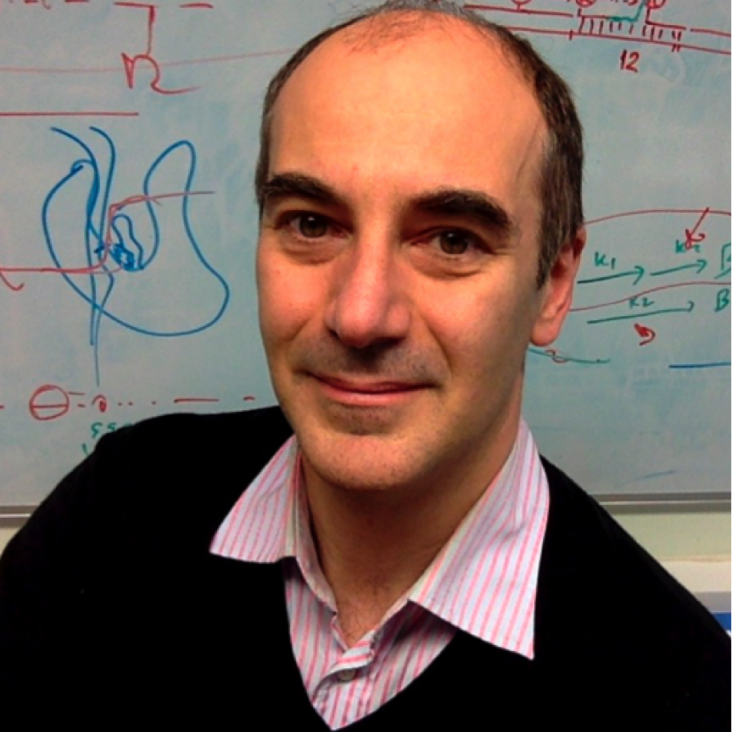Real-time single-molecule studies of the motions of DNA polymerase fingers illuminate DNA synthesis mechanisms
Nucleic Acids Research Oxford University Press (OUP) 43:12 (2015) 5998-6008
Correction
Biophysical Journal Elsevier 109:2 (2015) 457
Corrigendum to “In vivo single‐molecule imaging of bacterial DNA replication, transcription, and repair” [FEBS Lett. 588 (19) (2014) 3585–3594]
FEBS Letters Wiley 589:6 (2015) 787-787
Corrigendum to “In vivo single‐molecule imaging of bacterial DNA replication, transcription, and repair” [FEBS Lett. 588 (19) (2014) 3585–3594]
FEBS Letters Wiley 589:6 (2015) 787-787


